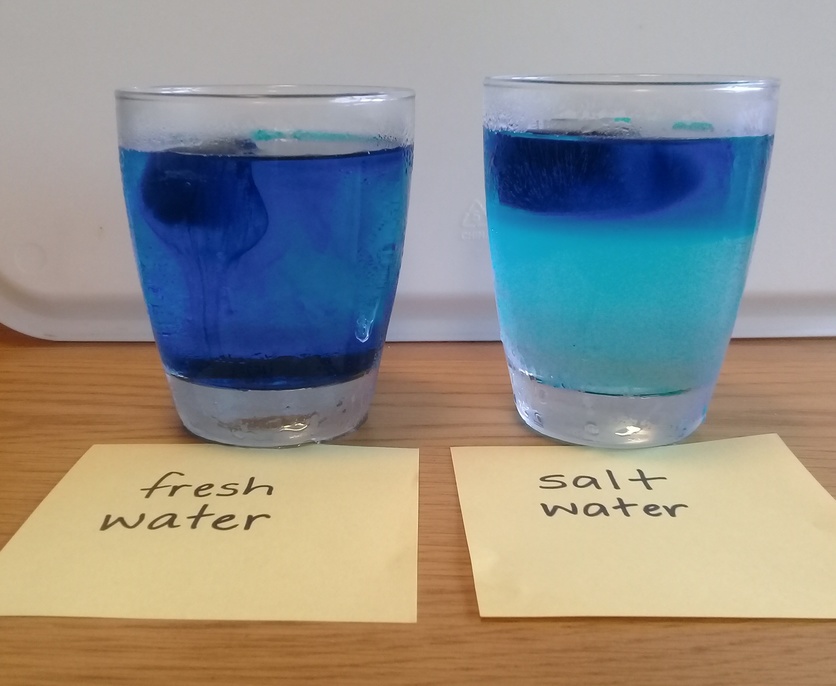What are surface waves formed by?
Wind
How many times a day (24hr) will you observe the rising AND falling of the ocean.
Twice.
The giant, oval-shaped surface-current pattern found in each ocean.
Gyres
A measure of how much salt is dissolved in water.
Salinity.
A slowly moving mass of river of ice formed by the accumulation and compaction of snow on mountains or near the poles.
Glacier
True or False.
A tidal wave is the same as a tsunami.
False.
What is the biggest factor in the size of tides?
The position of the moon.
(The moon's gravity.)
A deep ocean current produced by changes in the salinity and temperature of seawater.
Thermohaline current
Which is more dense--saltwater or freshwater?
Saltwater
A floating shelf of ice permanently attached to a landmass.
Ice shelf
How does the water in waves travel?
In a circular pattern within the waves.
Neap tide
The deflection of the path of any object that changes latitude over a long distance and is not firmly attached to the Earth.
Coriolis effect
A patch of solid waste (mostly plastic) the size of Texas held in place by the currents of the North Pacific gyre.
Great Pacific Garbage Patch
A permanently frozen layer of soil beneath the surface of the ground.
Permafrost
What size of waves would be expected with a steep shoreline?
The steeper the shoreline, the larger the waves.
A tide in which the sun's gravity adds to the moon's gravity, enhancing the extremes.
Spring tide
Surface currents that push water towards the coastlines will cause water from the surface to sink. What is this called?
Downwelling.
The movement of deep, cold, and nutrient-rich water to the surface.
Upwelling
Water held underground in the soil or in pores and crevices in rock below the water table.
A giant, slow ocean wave
Tidal wave
Suppose a day lasted 32 hours rather than 24. How many hours would exist between high tide and low tide?
8 hours
32 / 4 = 8
A pioneer of naval oceanography who believed the Bible was the scientific authority.
Matthew Maury
Why is the thermohaline current known as the "global conveyor"?
It moves seawater throughout the ocean, circulating important chemicals, nutrients, and heat to other parts of the ocean that need it.
What phase is the water in inside a cloud?
Liquid or solid phase, latched onto cloud condensation nuclei.